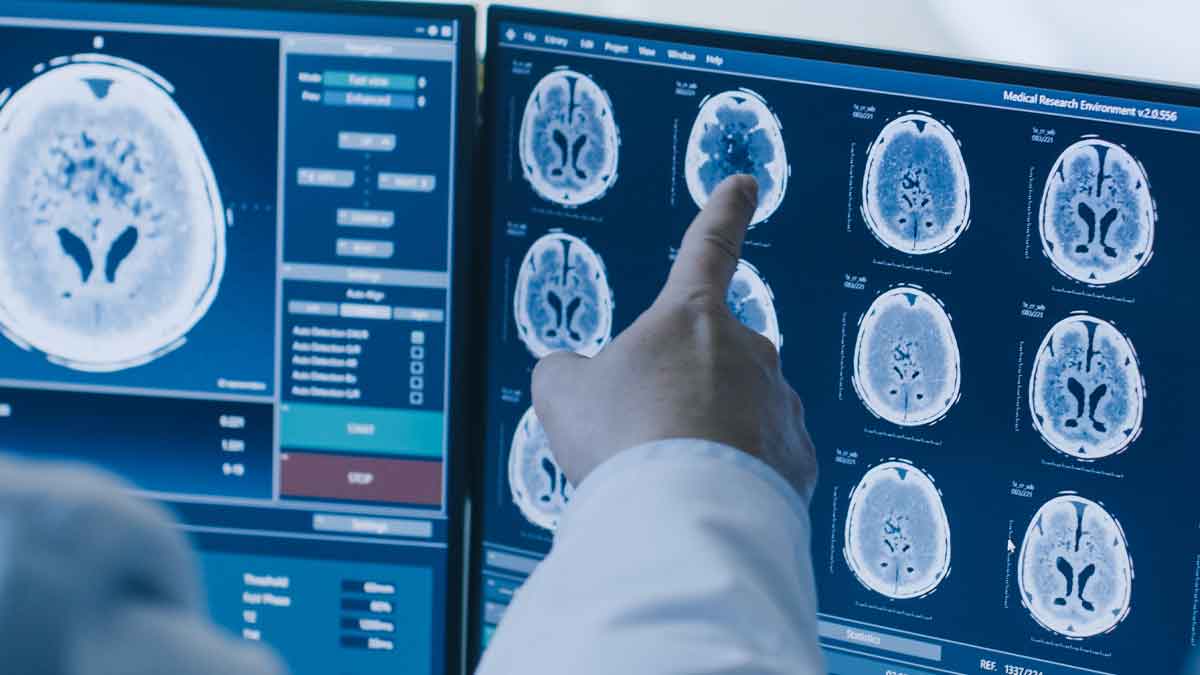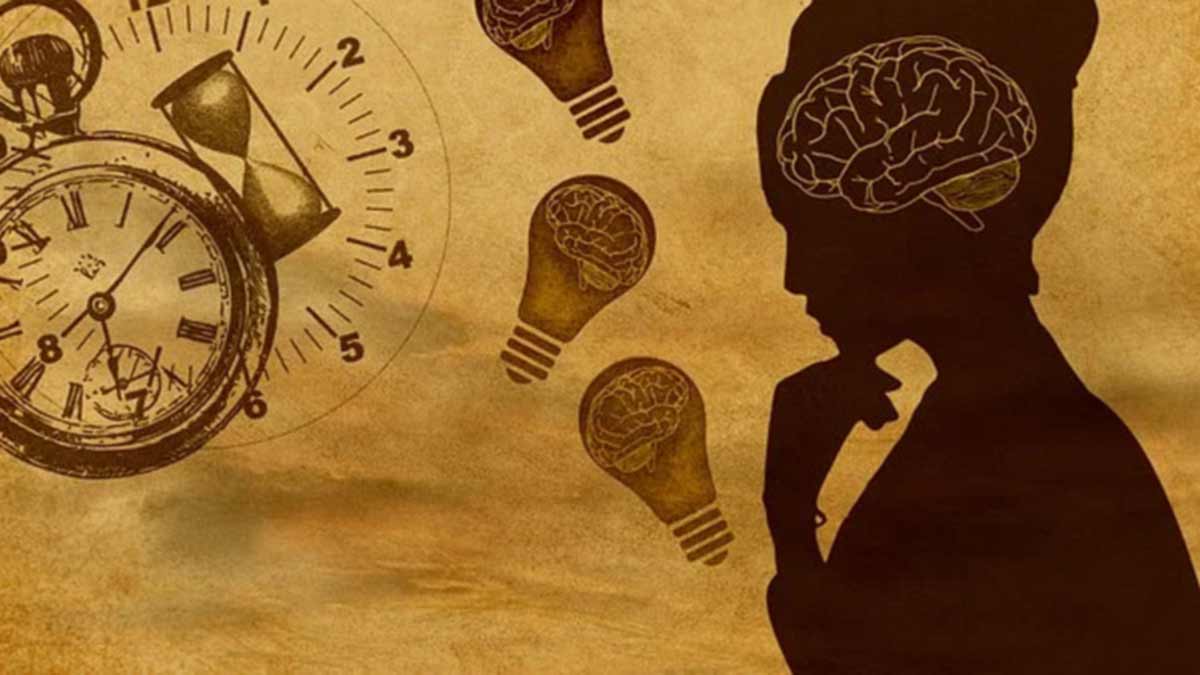Study in brain activity could lead to novel therapies in alcohol-related aggression
 Severe problem drinking is clinically diagnosed as alcohol use disorder (AUD), a disease that in 2019 afflicted 14.1 million adults 18 years of age and older and one that continues to grow, according to the National Institute on Alcohol Abuse and Alcoholism. Aggressive behavior is often associated with alcohol abuse and, when extreme, may be clinically diagnosed as intermittent explosive disorder (AGG), a disease affecting around 7% of the population, as reported by the National Institutes of Health.
Severe problem drinking is clinically diagnosed as alcohol use disorder (AUD), a disease that in 2019 afflicted 14.1 million adults 18 years of age and older and one that continues to grow, according to the National Institute on Alcohol Abuse and Alcoholism. Aggressive behavior is often associated with alcohol abuse and, when extreme, may be clinically diagnosed as intermittent explosive disorder (AGG), a disease affecting around 7% of the population, as reported by the National Institutes of Health.
Today, a comprehensive treatment program for a patient with AUD-AGG might include medical detoxification, drug therapy, psychological counseling, and behavior modification therapies, such as anger management and stress reduction techniques like massage therapy, physical exercise or meditation. While studies testing behavioral therapies have been shown to result in positive physical and mental health benefits, they’ve done little to increase our understanding of the biomechanical and neurological processes at work in the brain during these behaviors. Recent advancements in technologies, such as MRI, have made it possible for scientists to look beyond the behavioral aspects of alcohol-related aggression in these patients and into the neurological changes occurring in their brains, as well as to measure and record those changes for further exploratory study.
One of those investigators is Emil Coccaro, MD, the George T. Harding III, MD, Jr. Endowed Professor of Psychiatry and Behavioral Health at The Ohio State University College of Medicine. His study, in collaboration with Andrea King, PhD, in the Department of Psychiatry and Behavioral Neuroscience at The University of Chicago, Aggression and SEIP: Neural Correlates During Alcohol Intoxication, Aggression and SEIP: Neural Correlates During Alcohol Intoxication, hopes to explain those processes and pave the way for the development of novel therapeutic interventions.
“This work will be critical to identifying targets for intervention to reduce alcohol-related aggressive behavior,” Dr. Cocarro says. “Thus, understanding the underlying neuroscience of social threat (SEIP) under the influence of alcohol will be critical to identifying targets for intervention to reduce alcohol-related aggressive behavior.”
Previous research has shown that, in healthy subjects, acute alcohol intoxication alters cortico-limbic functioning, the area of the brain that facilitates aggressive behavior, and that individuals diagnosed with AUD or AUD+AGG exhibit similar anomalies in the cortico-limbic circuits of their brains. This study will examine more closely the neurocircuitry involved in the brain’s response to SEIP and aggression while under the acute influence of alcohol in individuals with and without AUG and/or AGG and measure against healthy controls.
Specifically, the study aims to demonstrate that alcohol blunts orbitofrontal (decision-making) and amygdala activity (aggression and fear) in response to explicit cues of threat, as well as cortico-limbic activity in response to ambiguous social cues of threat, and increases ventral striatal activity (the brain’s reward center) in both threat conditions.
The researchers hope that understanding these interactions will lead to the development of pharmacologic and cognitive behavioral-based interventions that could involve the rehabilitation of aberrant neuronal circuits underlying social cognitive function through neuroplasticity-based remediation exercises.



